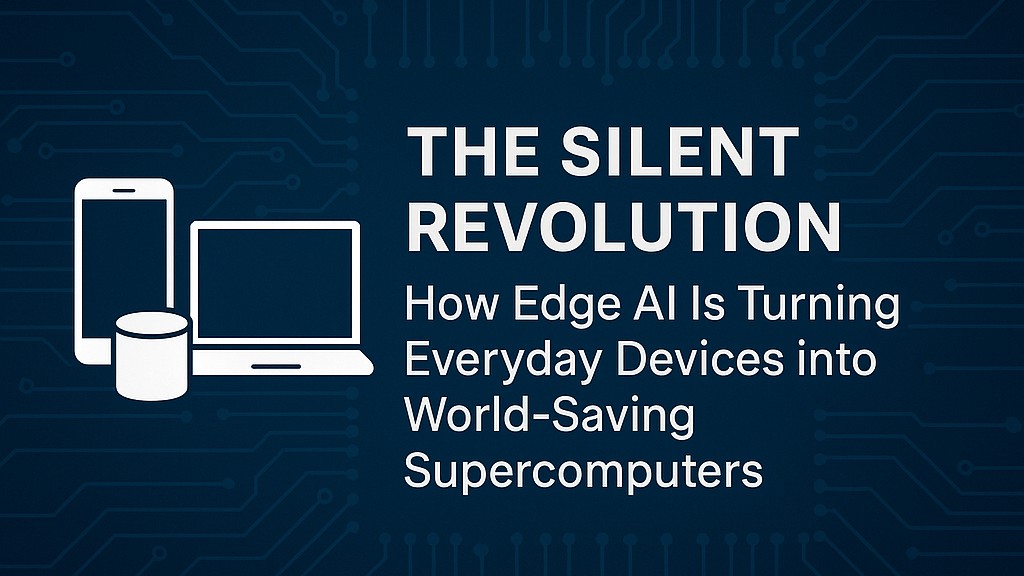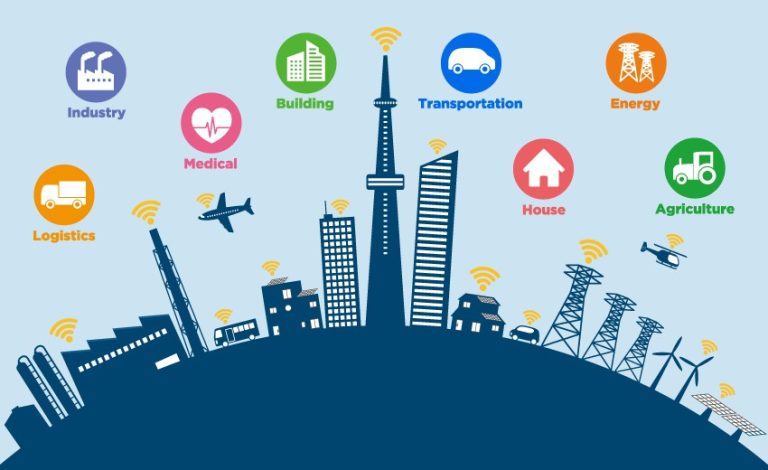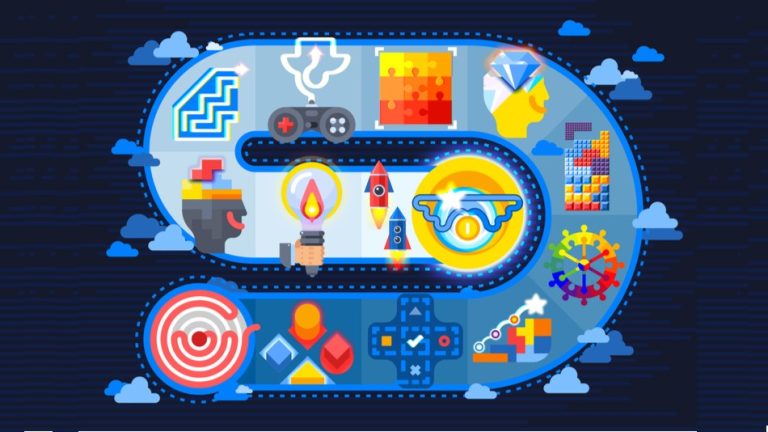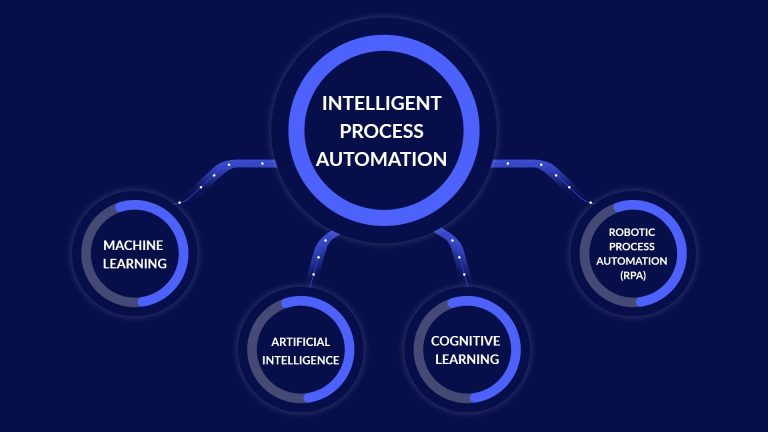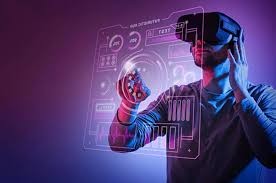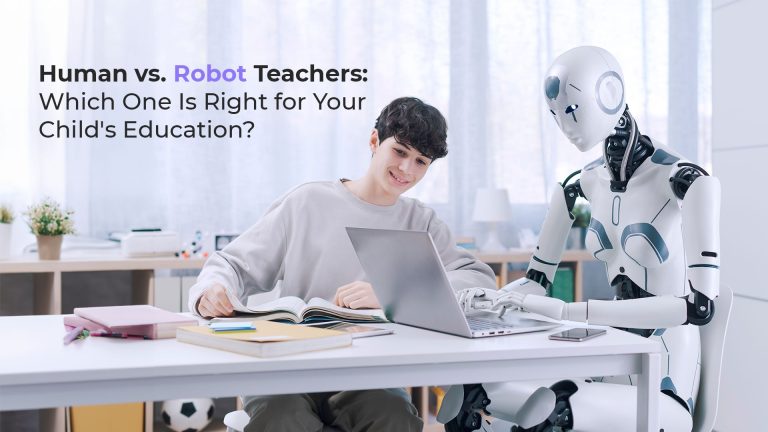The Silent Revolution of Everyday Tech
Technology’s most profound transformations often arrive quietly, woven into the fabric of daily life without fanfare or spectacle. The silent revolution of everyday tech is not about flashy gadgets or headline-grabbing breakthroughs—it’s about the subtle, consistent evolution of tools and systems that shape how we live, work, and interact. This revolution is happening in our homes, our pockets, and our workplaces, driven by innovations that are so seamlessly integrated they’re almost invisible. Yet their impact is anything but small.
Take the smartphone, for example. It’s easy to forget that this device, once a luxury, is now a ubiquitous companion. Beyond calls and texts, it serves as a gateway to banking, health monitoring, navigation, and entertainment. What’s remarkable is not just the breadth of functionality but how naturally it fits into our routines. Facial recognition unlocks the screen in milliseconds, AI curates our news feeds and playlists, and voice assistants respond to queries with uncanny precision. These features are powered by complex algorithms and cloud infrastructure, yet they operate with such ease that users rarely consider the sophistication behind them.
Smart home technology offers another glimpse into this quiet transformation. Thermostats learn our preferences and adjust temperatures automatically. Lights respond to voice commands or motion, and security systems send real-time alerts to our phones. These conveniences are no longer reserved for tech enthusiasts—they’re becoming standard in new homes and increasingly accessible to mainstream consumers. The intelligence embedded in these devices is often powered by artificial intelligence, which processes data in the background to optimize performance. The result is a living environment that feels intuitive and responsive, even though the underlying systems are anything but simple.
In the workplace, everyday tech is reshaping productivity and collaboration. Cloud-based platforms allow teams to work together across time zones, sharing documents and ideas in real time. Video conferencing has evolved from a novelty to a necessity, with features like background noise suppression and real-time transcription enhancing communication. AI-driven scheduling tools suggest optimal meeting times, while project management software tracks progress and flags bottlenecks. These tools don’t just make work more efficient—they redefine how work is done, enabling flexibility and agility that were once unimaginable.
Retail and commerce have also been quietly transformed. Contactless payments, personalized recommendations, and automated customer service are now standard experiences. Behind the scenes, machine learning algorithms analyze purchasing behavior to tailor promotions and forecast demand. Inventory systems sync with online platforms to ensure availability and streamline logistics. Consumers benefit from faster service and more relevant offerings, while businesses gain insights that drive strategic decisions. The technology enabling this shift is complex, but its execution is smooth and largely unnoticed by the end user.
Healthcare is undergoing a similar evolution. Wearable devices track heart rates, sleep patterns, and activity levels, providing data that can inform medical decisions. Telemedicine platforms connect patients with doctors without the need for travel, and AI tools assist in diagnosing conditions based on imaging and patient history. These advancements are not confined to hospitals—they’re part of everyday life, empowering individuals to take a more active role in their health. The integration of tech into healthcare routines is subtle but transformative, improving outcomes and accessibility in ways that were once the domain of science fiction.
Even transportation is being reshaped by this silent revolution. Navigation apps adjust routes based on real-time traffic, ride-sharing platforms match drivers and passengers with algorithmic efficiency, and electric vehicles update software over the air to enhance performance. Public transit systems use data to optimize schedules and reduce congestion. These changes are not always visible, but they contribute to smoother, more sustainable mobility. The infrastructure supporting these innovations is vast and intricate, yet it operates quietly in the background, enhancing convenience and reducing friction.
What makes this revolution particularly compelling is its human-centric nature. Technology is no longer just about capability—it’s about experience. Developers and designers are focusing on usability, accessibility, and personalization, ensuring that tech serves people rather than the other way around. This shift is evident in the rise of intuitive interfaces, adaptive systems, and inclusive design practices. Everyday tech is becoming more empathetic, responding to individual needs and preferences with subtlety and grace.
The silent revolution also raises important questions about privacy, ethics, and control. As devices become more intelligent and interconnected, they collect vast amounts of data. Users must trust that this data is handled responsibly, and businesses must be transparent about their practices. The challenge is to balance innovation with accountability, ensuring that the benefits of everyday tech do not come at the expense of autonomy or security. This requires thoughtful regulation, ethical design, and informed consumers who understand the trade-offs involved.
Ultimately, the silent revolution of everyday tech is not defined by dramatic shifts or disruptive launches. It’s characterized by incremental improvements that accumulate over time, creating a world that is more connected, efficient, and responsive. These changes may not always be visible, but they are deeply felt. They shape our habits, influence our decisions, and redefine our expectations. As technology continues to evolve, its quiet integration into daily life will remain one of its most powerful and enduring achievements.
Sources:

